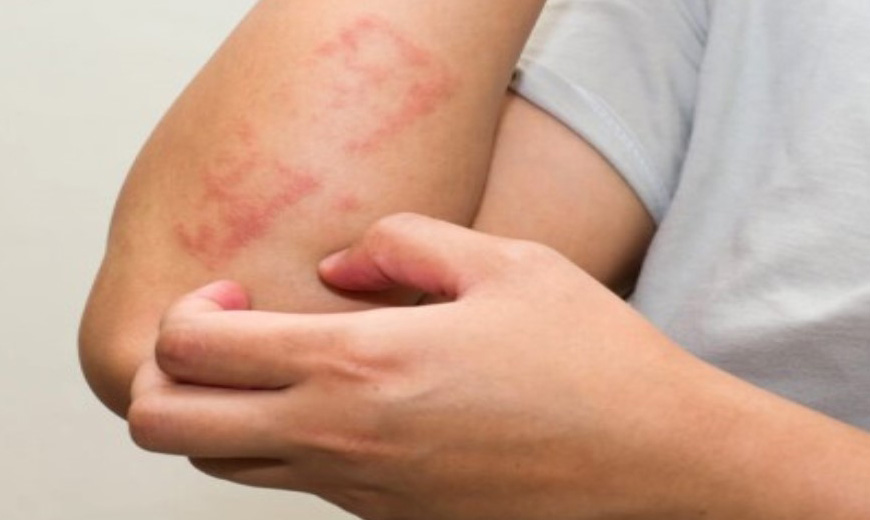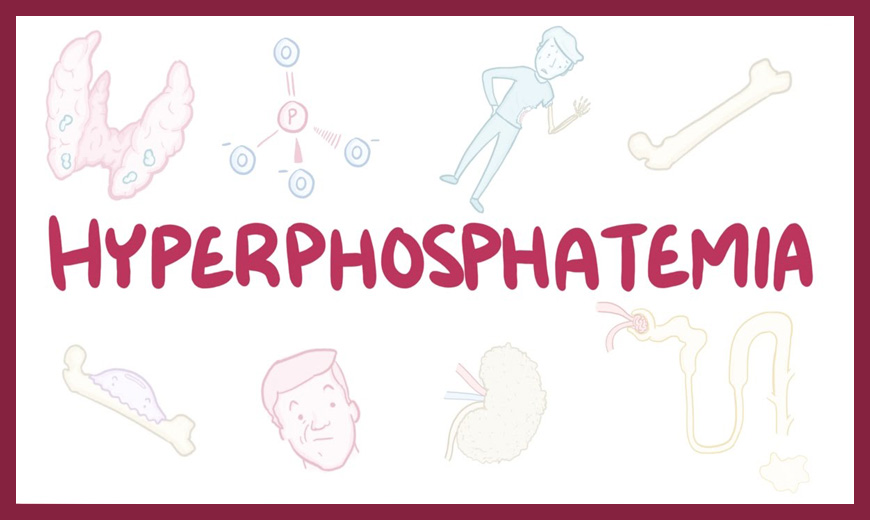Terra Pharmaceuticals

Allergic Rhinitis & Urticaria (Hives)
Allergic rhinitis, like skin rashes and other allergies, develops when the body’s immune system becomes sensitized and overreacts to something in the environment that typically causes no problem in most people.
Allergic rhinitis is commonly known as hay fever. But you don’t have to be exposed to hay to have symptoms. And contrary to what the name suggests, you don’t have to have a fever to have hay fever.
Allergic rhinitis takes two different forms:
Seasonal: Symptoms of seasonal allergic rhinitis can occur in spring, summer and early fall. They are usually caused by allergic sensitivity to airborne mold spores or to pollens from grass, trees and weeds.
Perennial: People with perennial allergic rhinitis experience symptoms year-round. It is generally caused by dust mites, pet hair or dander, cockroaches or mold. Underlying or hidden food allergies rarely cause perennial nasal symptoms.
Some people may experience both types of rhinitis, with perennial symptoms getting worse during specific pollen seasons. There are also nonallergic causes for rhinitis.
Symptoms
* Runny nose
* Itchy eyes, mouth or skin
* Sneezing
* Stuffy nose due to blockage or congestion
* Fatigue (often reported due to poor quality sleep as a result of nasal obstruction)
* Triggers
* Outdoor allergens, such as pollens from grass, trees and weeds
* Indoor allergens, such as pet hair or dander, dust mites and mold
* Irritants, such as cigarette smoke, perfume and diesel exhaust
Allergic rhinitis, affects the lives of patients with physical, psychological and social aspects; causes significant amount of missed days at work, quality of life of patients is deteriorated. If the symptoms are not controlled, learning difficulties and sleep disorders can be seen.
Management and Treatment
Avoid triggers by making changes to your home and to your behavior.
Keep windows closed during high pollen periods;
Wear glasses or sunglasses when outdoors to keep pollen out of your eyes.
Use “mite-proof” bedding covers to limit exposure to dust mites and a dehumidifier to control mold (if you smell mildew, you likely have mold).
Wash your hands after petting any animal and have a nonallergic person help with pet grooming, preferably in a well-ventilated area or outside.
In the treatment of allergy symptoms, drugs such as decongestants, antihistamines, corticosteroids and immunotherapy methods are applied.
Urticaria (Hives)
Hives are also known as urticaria, welts, wheals, or nettle rash. It is a red, raised, itchy skin rash that is sometimes triggered by something that produces an allergic reaction - an allergen. When there is an allergic reaction the body releases a protein called histamine. When histamine is released our capillaries (tiny blood vessels) leak fluid. The fluid accumulates in the skin and causes a rash.
Urticaria can be triggered by:
Certain foods.
Insect bites and stings.
Contact with an irritant, such as nettles, chemicals or latex.
Certain medications - such as NSAIDs (nonsteroidal anti-inflammatory drugs), used to treat pain, ACE inhibitors, used to treat hypertension (high blood pressure).
Extremes of temperatures.
Sunlight.
Acute urticaria or Acute hives
When symptoms last less than 6 weeks it is called acute urticaria. This is by far the most common type. 25% of people with acute urticaria also have angioedema - swelling in the deeper layers of skin.
Chronic urticaria or Chronic hives
If symptoms of urticaria continue for more than six weeks it is called chronic urticaria. Dermatologists say that about 1 in every 1,000 people suffers from chronic urticaria. Experts are not completely sure what the causes of chronic urticaria are. However, most agree that it is closely linked with our immune system. In some cases, chronic hives may be related to an underlying autoimmune disorder, such as thyroid disease or lupus. 50% of people with chronic urticaria also have angioedema.
Angioedema is similar to urticaria, but occurs deeper inside the skin. The swelling causes a burning sensation and typically occurs on the face and neck, fingers, toes, and in the genitals of males.
What are the symptoms of urticaria (hives)?
Swellings, known as wheals, appear on the skin as a rash. They are usually pink or red and have an oval or round shape, and range from a few millimeters in diameter to a several inches. They can be extremely itchy. The wheals may be surrounded by a red flare.
Chronic urticaria or Chronic hives
If symptoms of urticaria continue for more than six weeks it is called chronic urticaria. Dermatologists say that about 1 in every 1,000 people suffers from chronic urticaria. Experts are not completely sure what the causes of chronic urticaria are. However, most agree that it is closely linked with our immune system. In some cases, chronic hives may be related to an underlying autoimmune disorder, such as thyroid disease or lupus. 50% of people with chronic urticaria also have angioedema.
Reference:
1. http://acaai.org/allergies/types/hay-fever-rhinitis, 2. Allerjik Rinitte Medikal Tedavi. Korkut N. MD Allerjiler Sempozyumu 15-16 Mart 2001, Istanbul, s. 95-104.





